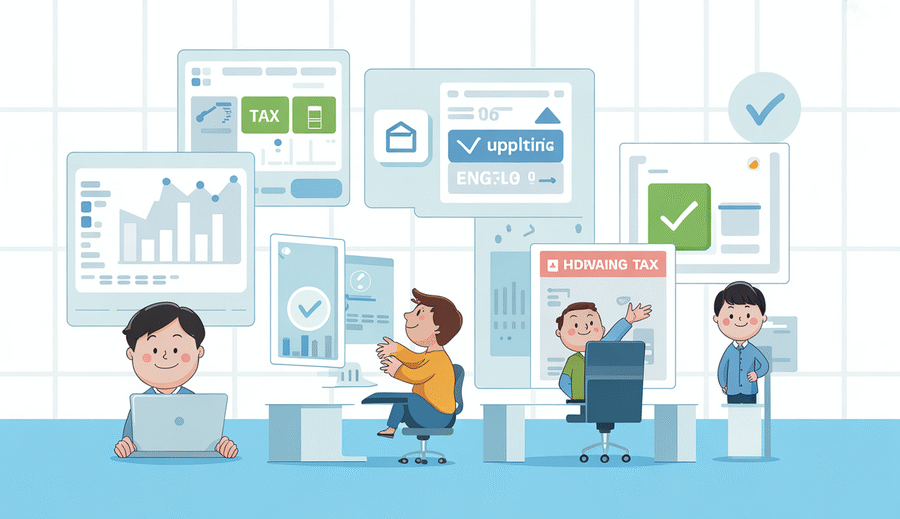Understanding Hong Kong’s eTAX Ecosystem
Navigating tax obligations in Hong Kong relies heavily on the Inland Revenue Department’s (IRD) eTAX platform. This sophisticated digital ecosystem serves as the primary channel for taxpayers to manage their tax affairs, encompassing everything from filing returns to processing payments and accessing official communications. eTAX represents a significant modernization initiative by the government, designed to enhance efficiency, transparency, and convenience for both taxpayers and the tax authority. A comprehensive understanding of its functionalities and requirements is fundamental for effective tax compliance in the digital age.
The eTAX platform offers a suite of core services aimed at simplifying the compliance process. These include the capability to submit various tax returns electronically, utilize secure online payment methods, and access personal or business tax records, assessment notices, and statements of account digitally. This integrated approach allows taxpayers to handle their tax responsibilities directly and efficiently from their computer or mobile device.
| Core eTAX Service | Primary Function |
|---|---|
| Online Tax Filing | Electronic submission of tax returns (e.g., Profits Tax, Salaries Tax, Property Tax). |
| Electronic Payments | Secure online payment of tax bills through various supported methods. |
| Record Access | Viewing and downloading tax assessments, statements, and historical filing data. |
A key development within the eTAX framework has been the introduction of mandatory digital filing for specific taxpayer categories and return types. Notably, corporations are now generally required to submit their Profits Tax returns electronically. This shift from optional online submission to a compulsory digital format for certain entities and return types aims to improve the accuracy and consistency of submitted data, thereby streamlining the IRD’s processing workflows. Affected taxpayers must ensure they possess the necessary capabilities to meet these digital filing obligations to maintain compliance.
Integrating eTAX with existing business accounting or Enterprise Resource Planning (ERP) systems offers substantial benefits, particularly for businesses subject to mandatory e-filing or those seeking to optimize their financial processes. Direct connectivity enables the automated extraction and formatting of financial data required for tax computations and return preparation. This automation significantly reduces manual data entry errors, enhances data consistency between internal records and tax submissions, and contributes to more accurate and timely tax compliance. Implementing such integration is increasingly recognized as a strategic step towards efficient tax management.

